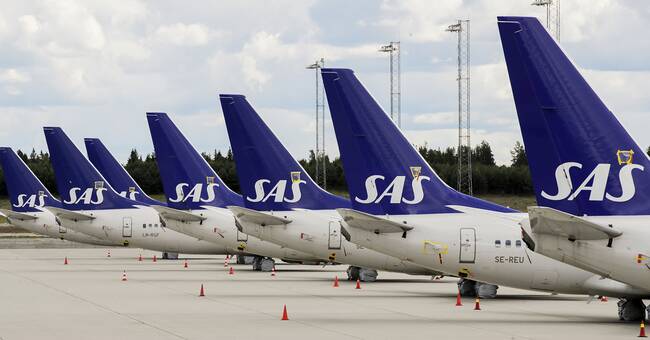During the quarter, SAS's revenues decreased to SEK 2.5 billion, from SEK 13.4 billion in the corresponding quarter last year.
Profit before tax was a loss of 2.1 billion. In the corresponding period last year, the company made a profit of SEK 1.4 billion.
The number of passengers decreased by 86 percent during the quarter, but SAS writes that domestic travel has recovered faster than other travel, and now accounts for the majority of revenues.
Recovery to 2022And SAS CEO Rickard Gustafson believes that the decline will be long-lasting.
"Our current assessment is that the recovery phase for the aviation industry is expected to continue until 2022 before demand reaches more normal levels, with a return to the levels before covid-19 in the following years," he says in a press release.
During the quarter, however, a bit of a recovery has already taken place.
“In July, SAS had 8,700 departures, which represents about 25 percent of last year's offered seat kilometers. This is an increase of about 20 percentage points compared to the first month of the quarter. During the fourth quarter, we will continue to increase production and expect to reach 30–40 percent of last year's offered seat kilometers at the end of the fourth quarter, ”says Rickard Gustafson.
Cash of six billionSAS makes great efforts to reduce costs, but it does not compensate for the fall in revenue. The size of the crisis fund will thus be important.
"Our cash position at the end of the third quarter amounted to SEK 6.2 billion, which includes the SEK 3.3 billion that has been utilized from the credit facility that has been guaranteed by the Danish and Swedish governments," says Rickard Gustafson in a press release.
The company has been positively affected by the stronger krona, which strengthened earnings by SEK 840 million. At the same time, the result is negatively affected by a write-down of aircraft valuations of just over SEK 1 billion.
Since the turn of the year, SAS's shares have plummeted by more than 60 percent.

